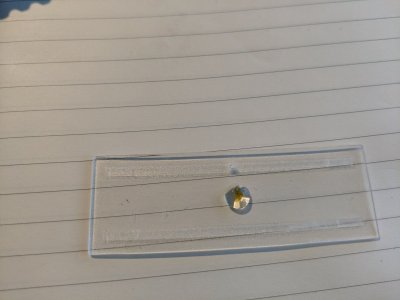- Joined
- May 20, 2018
- Messages
- 613
- Reaction score
- 592
After having no visual signs of dinos for the last 5 months I decided to do some checks under my microscope.
I tested a few areas, specifically where I had a bit of GHA.
In total I found 2 prorocentrum dinos (this is the strain i had been battling) and 1 solitary osteoporosis dino.
I have heard that you are never fully free of dinos so I'm not unduly concerned.
Is it just a case of making sure my nutrients don't bottom out?
I'm currently at 5 nitrate and 0.1 phosphate.
I tested a few areas, specifically where I had a bit of GHA.
In total I found 2 prorocentrum dinos (this is the strain i had been battling) and 1 solitary osteoporosis dino.
I have heard that you are never fully free of dinos so I'm not unduly concerned.
Is it just a case of making sure my nutrients don't bottom out?
I'm currently at 5 nitrate and 0.1 phosphate.



















